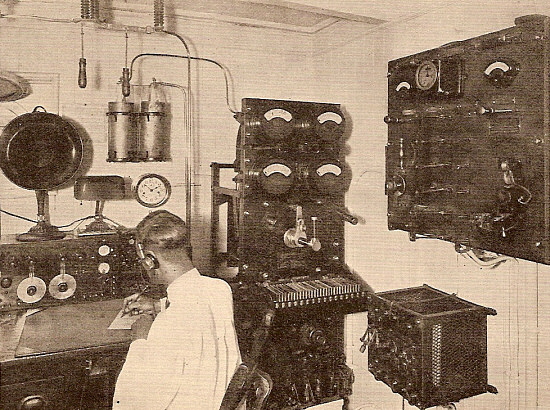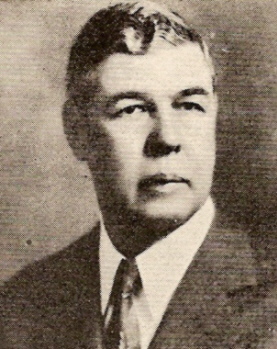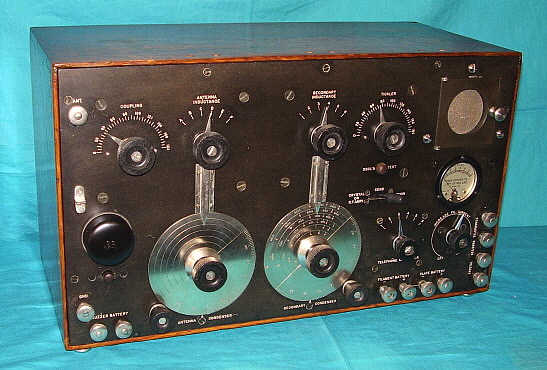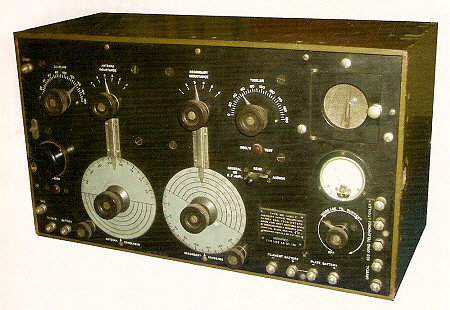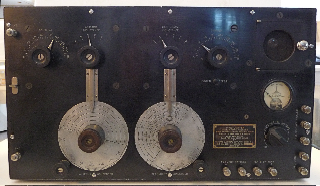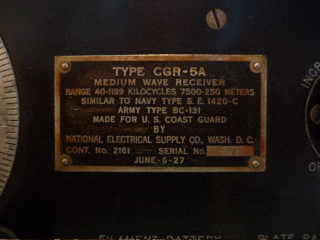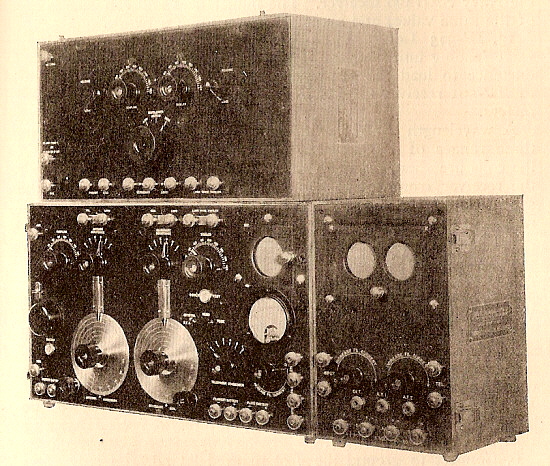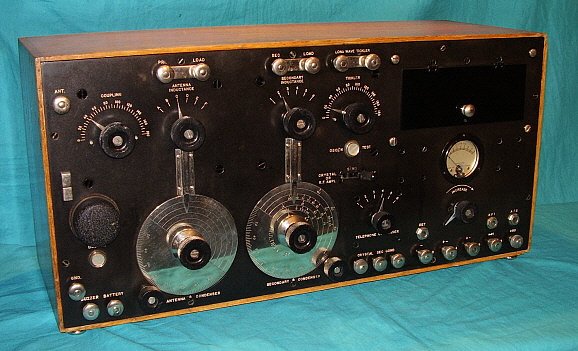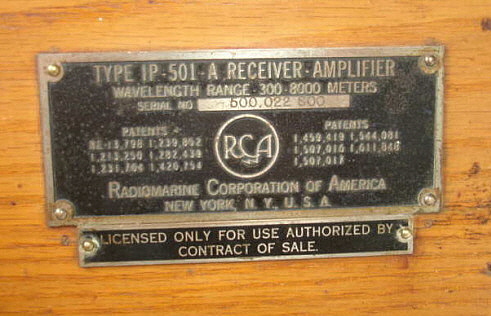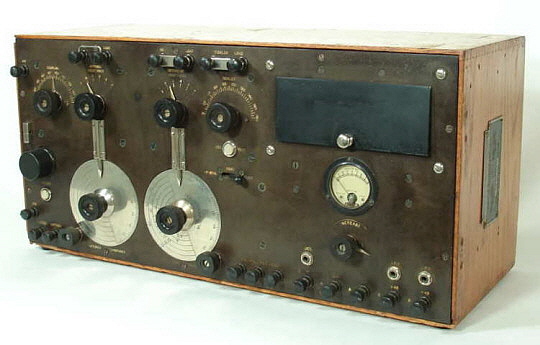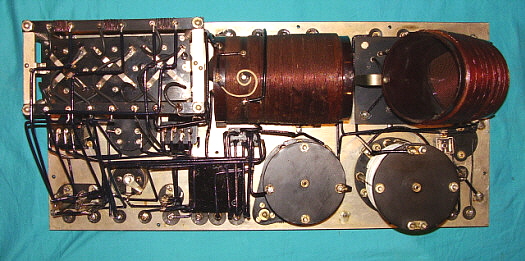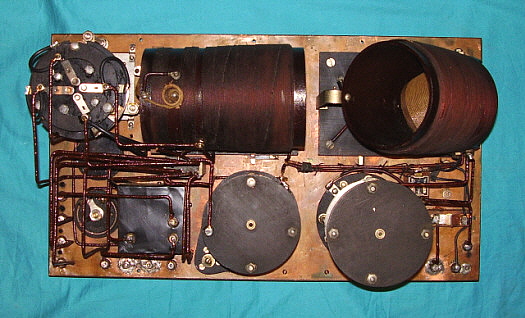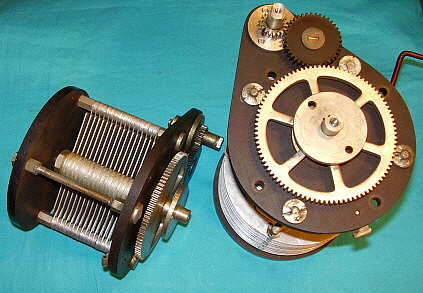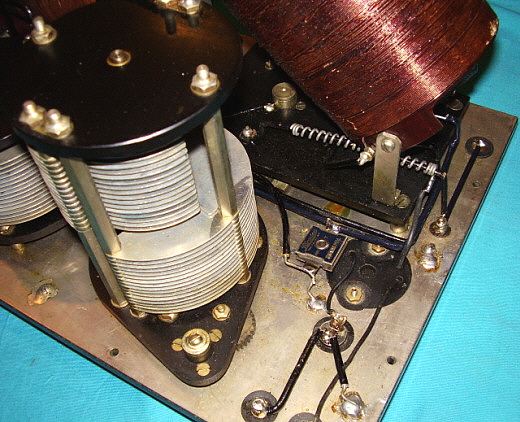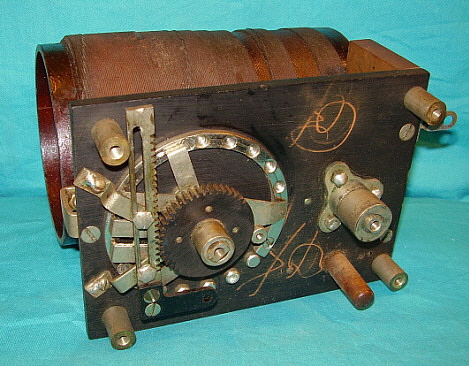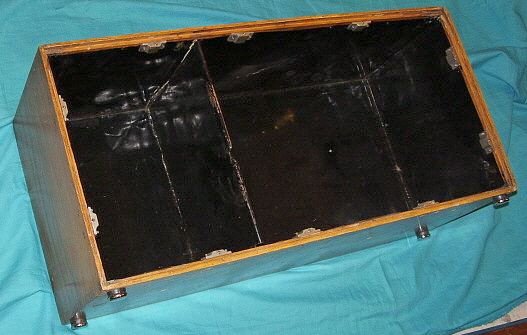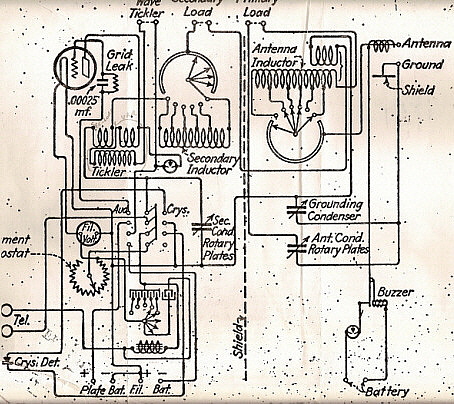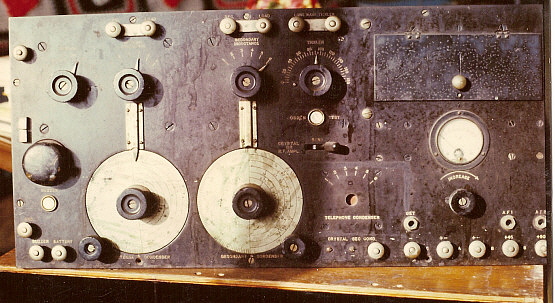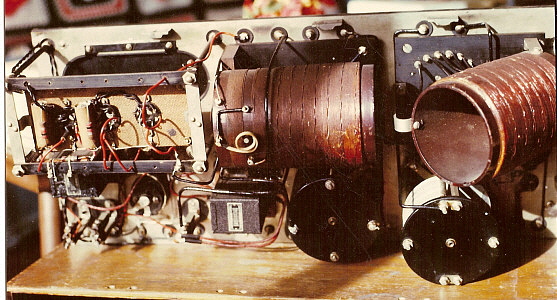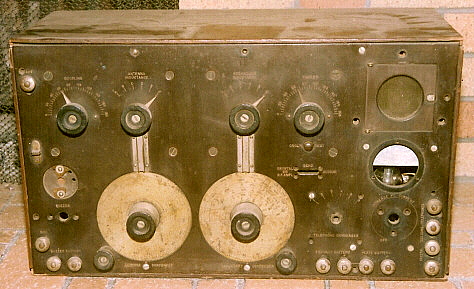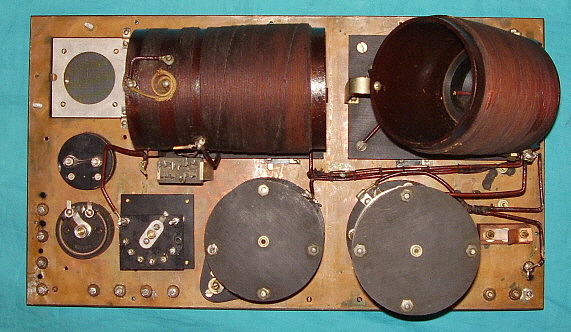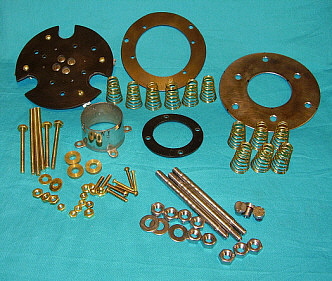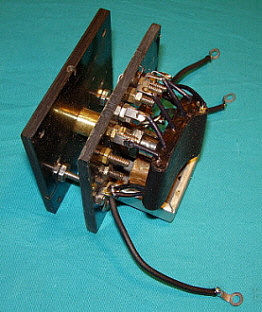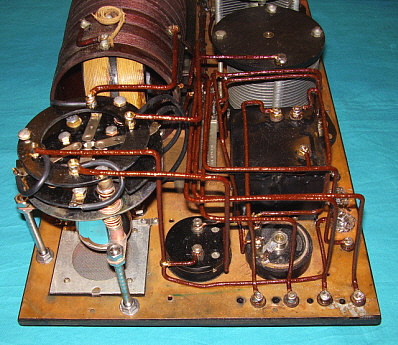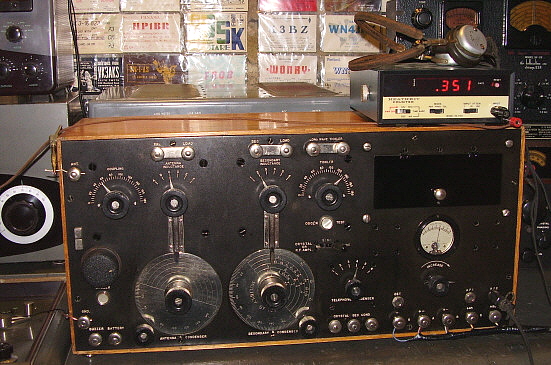AA - 365kc - Fargo, ND - 100W
AEC - 209kc - Base Camp, NV
AOP - 290kc - Rock Springs, WY
AP - 260kc - Denver, CO - 100W
AZC - 403kc - Colorado City, AZ
BKU - 344kc - Baker, MT - 80W
BO- 359kc - Bosie, ID - 400W
CII - 269kc - Choteau, MT - 50W
CNP - 383kc - Chappell, NE - 25W
CSB - 389kc - Cambridge, NE - 25W*
CVP - 335kc - St. Helena, MT - 150W
DC - 326kc - Princeton, BC, CAN
DDP - 391kc - San Juan, Puerto Rico - 2KW
DPG - 284kc - Dugway Proving Gnds, UT
DQ - 394kc - Dawson Creek, BC, CAN
EUR - 392kc - Eureka, MT - 100W
EX - 374kc - Kelowna, BC, CAN
FCH - 344kc - Fresno, CA - 400W
FN - 400kc - Ft. Collins, CO
FO - 250kc - Flin Flon, MB, CAN
GLS - 206kc - Galveston, TX - 2KW
GUY - 275kc - Guymon, OK - 25W
GW - 371kc - Kuujjuarapik, QC, CAN
HQG - 365kc - Hugoton, KS - 25W
IOM - 363kc - McCall, ID - 25W
ITU - 371kc - Great Falls, MT - 100W
IY - 417kc - Charles City, IA - 25W
JW - 388kc - Pigeon Lake, AB, CAN
LBH - 332kc - Portland, OR - 150W
LFA - 347kc - Klamath Falls, OR
LV - 374kc - Livermore, CA - 25W
LW - 257kc - Kelowna, BC, CAN
LYI - 414kc - Libby, MT - 25W
MA - 326kc - Midland, TX - 400W
MEF - 373kc - Medford, OR
MF - 373kc - Rogue Valley, OR
MKR - 339kc - Glascow, MT - 50W
MLK - 272kc - Malta, MT - 25W
|
MO - 367kc - Modesto, CA - 25W
MOG - 404kc - Montegue, CA - 150W
MR - 385kc - Monterey, CA
NO - 351kc - Reno, NV - 25W
NY - 350kc - Enderby, BC, CAN
ON - 356kc - Okanagan, Penticton, BC, CAN*
OT - 378kc - Bend, OR
PBT - 338kc - Red Bluff, CA - 400W
PI - 383kc - Tyhee, ID
PN - 360kc - Port Menier, Anticosti Is., QC, CAN*
PTT - 356kc - Pratt, KS - 25W*
QD - 284kc - The Pas, MB, CAN
QQ - 400kc - Comox, BC, CAN
QT - 332kc - Thunder Bay, ON, CAN
RD - 411kc - Redmond, OR - 400W
RPB - 414kc - Belleville, KS
RPX - 362kc - Roundup, MT - 25W
RYN - 338kc - Tucson, AZ - 400W
SAA - 266kc - Saratoga, WY - 25W
SB - 397kc - San Bernardino, CA - 25W
SBX - 347kc - Shelby, MT - 25W
SIR - 368kc - Sinclair, WY
SX - 367kc - Cranbrook, BC, CAN
SYF - 386kc - St. Francis, KS - 25W
TAD - 329kc - Trinidad, CO
TV - 299kc - Turner Valley, AB, CAN
TVY - 371kc - Tooele, UT - 25W
ULS - 395kc - Ulysses, KS - 25W
VQ - 400kc - Alamosa, CO
VR - 266kc - Vancouver, BC, CAN
WG - 248kc - Winnepeg, MN, CAN
WL - 385kc - Williams Lake, BC, CAN
XD - 266kc - Edmonton, AB, CAN
XH - 332kc - Medicine Hat, AB, CAN
XS - 272kc - Prince George, BC, CAN
XX - 344kc - Abbotsford, BC, CAN
YAZ - 359kc - Tofino, Vancouver Is., BC, CAN
YBE - 379kc - Uranium City, SK, CAN
|
YCD - 251kc - Nanaimo, BC, CAN
YHD - 413kc - Dryden, ON, CAN
YJQ - 325kc - Bella Bella, BC, CAN
YK - 269kc - Castlegar, BC, CAN
YKQ - 351kc - Waskaganish, QC, CAN*
YL - 395kc - Lynn Lake, MN, CAN
YLB - 272kc - Lac La Biche, AB, CAN
YLD - 335kc - Chapleau, ON, CAN
YLJ - 405kc - Meadow Lake, SK, CAN
YMW - 366kc - Maniwaki, QC, CAN*
YPH - 396kc - Inukjauk, QC, CAN
YPL - 382kc - Pickle Lake, ON, CAN
YPO - 401kc - Peawanuck, ON, CAN
YPW - 382kc - Powell River, BC, CAN
YQZ - 359kc - Quesnel, BC, CAN
YTL - 328kc - Big Trout Lake, ON, CAN
YWB - 389kc - West Bank, BC, CAN
YWP - 355kc - Webequie, ON, CAN
YY - 340kc - Mont Joli, QC, CAN
YYF - 290kc - Penticton, BC, CAN
YZH - 343kc - Slave Lake, AB, CAN
ZP - 368kc - Sandspit, QC IS., BC, CAN
ZSJ - 258kc - Sandy Lake, ON, CAN
ZSS - 397kc Yellowhead/Saskatoon, SK, CAN
ZU - 338kc - Whitecourt, BC, CAN
Z7 - 408kc - Claresholm, AB, CAN
3Z - 388kc - Taber, AB, CAN*
* = New NDB heard |
